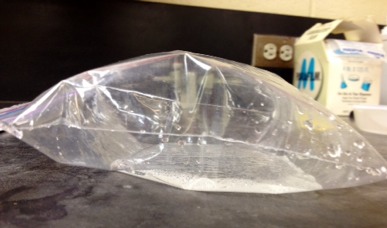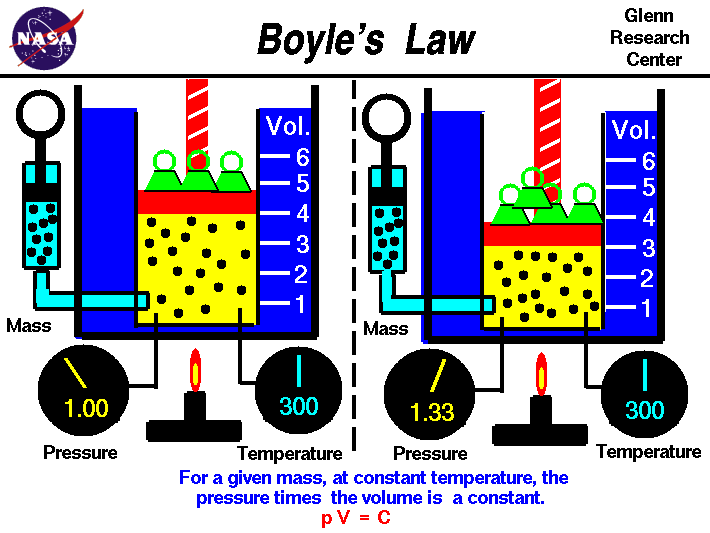We were given the challenge to make a theoretical airbag with a bag, vinegar, and baking soda. It is tricky because we will need to use just the right amount of vinegar and baking soda to inflate the bag to the right amount... Not too little and not too much. To do this we had to find the volume of the random bag given to us. To do this, we filled the bag with water and poured it into a graduated cylinder to obtain an exact volume. After this we could use some of the gas law formulas to calculate the mols of CO2 needed to inflate the bag.
I had a fairly small bag and needed about .01 mols of CO2.. So about .87 grams of baking soda and 15mL of vinegar.
The experiment went well and I was able to pass the lab by inflating the bag to the right amount. Here is a photo of what the experiment looked like.
 |
| https://91b6be3bd2294a24b7b5-da4c182123f5956a3d22aa43eb816232.ssl.cf1.rackcdn.com/contentItem-1775800-8789806-zkm4rd3o03jlr-or.jpg |
